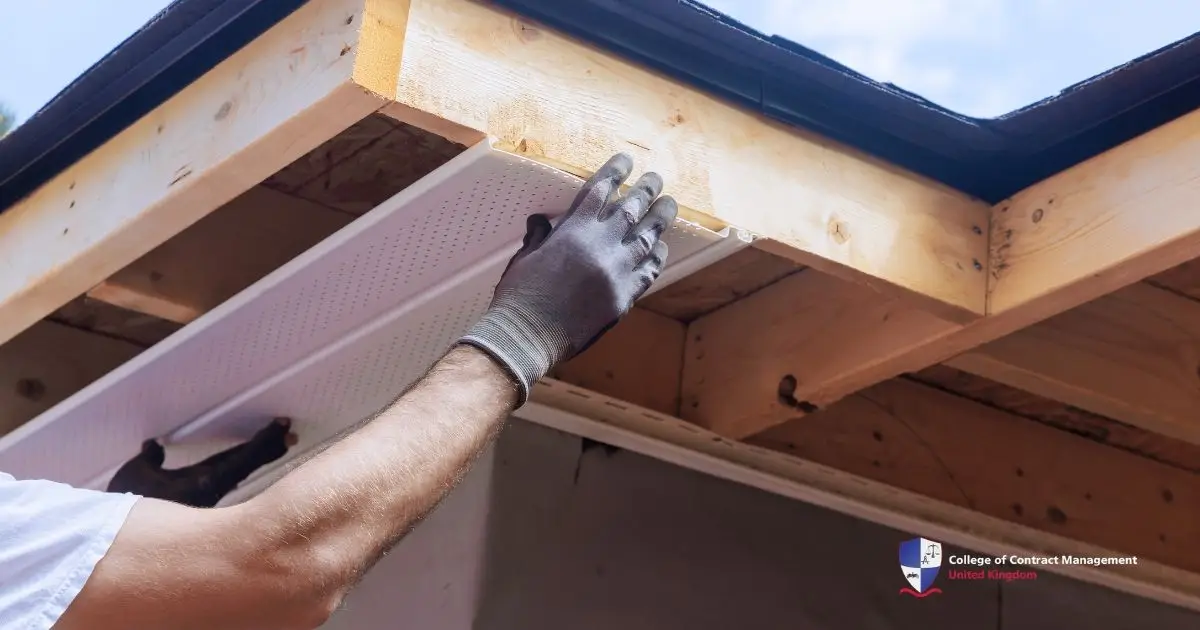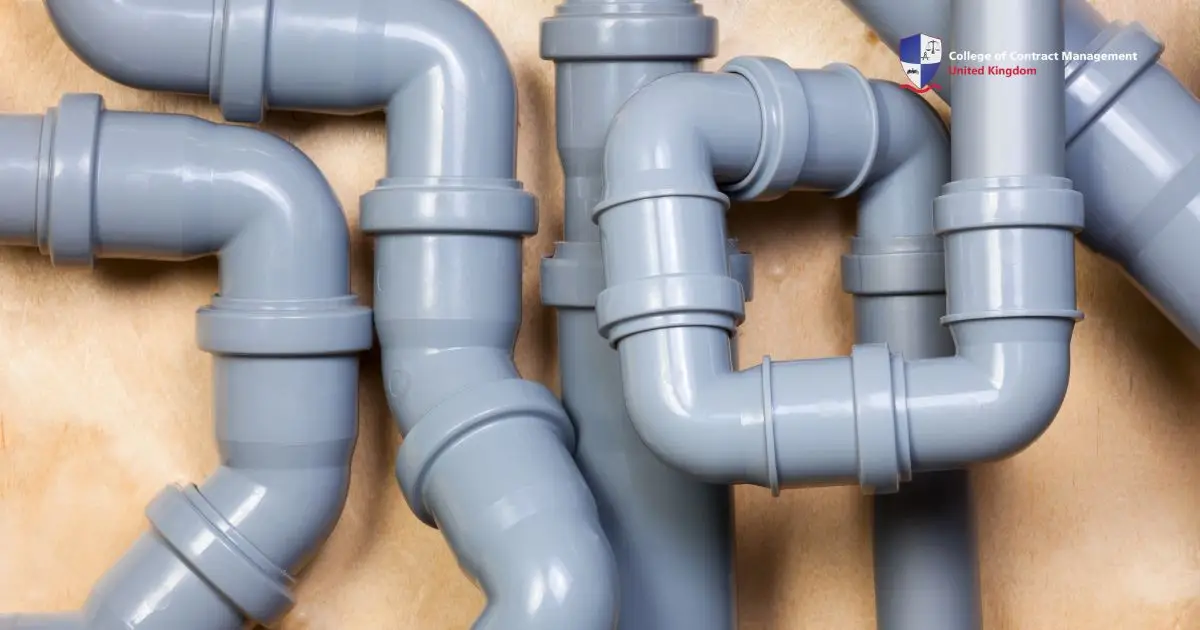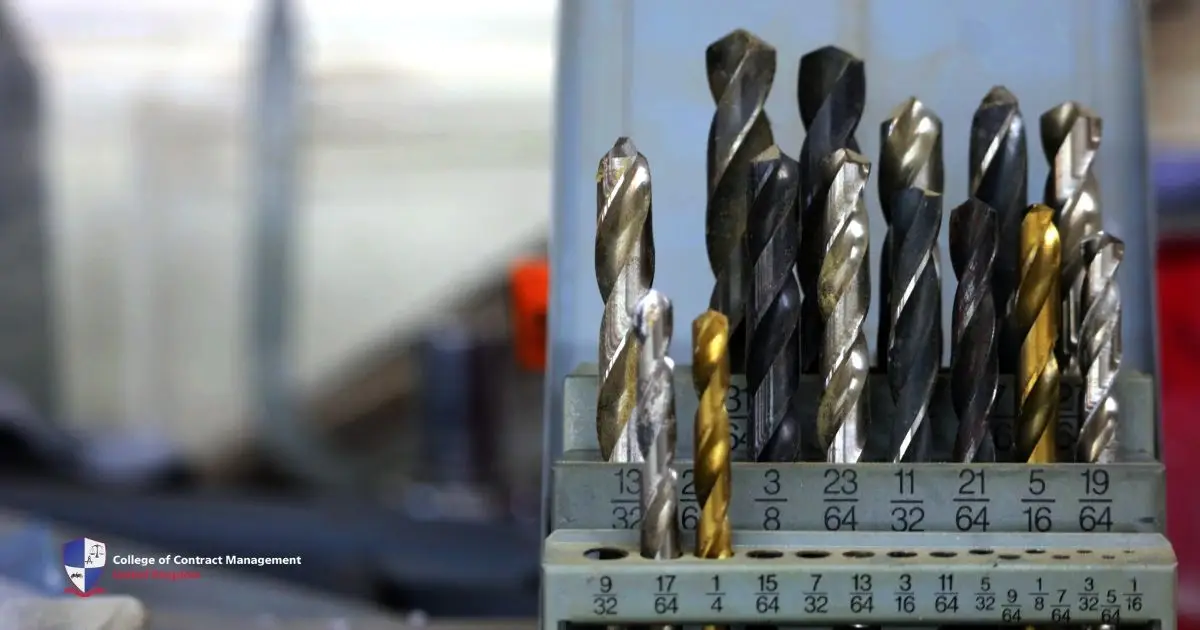What do you think are the best components that contribute a lot to protecting your home? The exact answer might vary, although there is one component people often forget how vital it is: the fascia board. This is an exterior trim that doesn’t play a key role in the overall home visual display, but the function is crucial.
As homeowners, you should understand this type of material for effective use. Moreover, this exterior can also protect your home from bad weather, especially heavy rain. Knowing the details about this home exterior part is no longer optional; it’s mandatory. Why? Simply because to prevents the damage to your home and improves roofing systems.
If you are still clueless about the fascia board, you have come to the right place. This article gives you all the key info you need — what it’s used for, the benefits, a few types you can get, and how to install one.
What is a fascia board?
The fascia board is part of the home exterior that is installed below the roof line to carry all the guttering. Many people are not aware of it because this material isn't directly evident to everyone. However, its main function can help your home or residential roofing systems stay in perfect condition. Besides that, there are other functions you need to know about it, such as:
- Support home roofline: With strong material, this exterior automatically is able to support the home roofline. Plus, the gutter and soffit installed behind it will also help when they’re filled with rain.
- Prevent moisture: Moisture caused by water seeping into the roof will damage the frame. This is where this material comes in. It can prevent all of that and ensure the home's frame and structure stay stable.
- Stop pest infestation: Another function of this is to keep pests out. As you know, pests can cause so many troubles on the roof through rooting dirt or broken insulation. It can prevent them from using the roof as their hiding place.
- Provide a clear look: As mentioned earlier, it might not significantly impact the overall home appearance. But, it still can give a clear look by covering the sides.
Looking at the various functions of a fascia board, it’s crystal clear that this is one of the crucial house exterior parts. It’s safe to say that a shield protects and prevents damage to your home from extreme weather. So, with all of that insight, there’s no reason for you not to install this kind of board in your property.
Different types of the fascia board
If you are looking for the best fascia board, you need to know first some different types available. Each type has its own pros and cons that you can align with your preferences. Moreover, it also has various high-quality materials that can fit your home design. Take a look at some of its types and materials below.
Wood
Wood is safely said to be the most popular material used for this purpose. People often choose this material because it’s got a strong structure. Also, wood fascia boards usually cost less than other options. Redwood and cedar are favourable choices. Besides the pros, this material needs to be treated constantly, as it can degrade easily. In short, wood is an affordable option, but it requires maintenance.
PVC
Another popular fascia board material you should know is polyvinyl chloride (PVC). Unlike the previous type, PVC only needs low maintenance to keep it in solid form. Moreover, PVC fascia boards' main pro is they’re rot resistance. It is important to note, this material is made from plastic that might be the same as your pipes and tubes. Because of that, you’ll need to use glue and headed nails to install this fascia board on your roof, as plastic tends to expand.
Composite
This material is quite appealing to some people, while others find it the opposite. Composite fascia boards last long and don’t rot easily. They’re made from recycled wood and plastic film, and you can get them in a few colours too. That is why this type is so popular. On the flip side, this board is more costly and segmented to people who prioritise home visual display. But if you only cared about function, composite fascia boards are your ideal choice.
Aluminium
At last, aluminium is another expensive and effective material option. Aluminium is not used for the creation of this particular material. Instead, it’s wrapped around the ends to cover the board. This type is a perfect option if you are looking for a long-lasting and low-maintenance board. However, with those qualities, you also need to spare more budget as it is more costly than others.
When choosing a fascia board, it’s best to think about what matters most to you—looks, cost, or maintenance. Each type has its own charm and challenges, so take your time weighing things up. With the right pick, you’ll protect your home and keep it looking sharp for years to come.
When should a fascia board be replaced?
If you have already installed a fascia board, make sure you check it regularly for long-term use. Unmaintained boards tend to be easily damaged and will have an impact with costly repairs in the end. But, when exactly should you replace it? This section will provide some indication that you might have to fix or replace your board.
- Cracking paint: If you notice cracking paint, it can be a sign that the board material is in poor condition. It can be simply repainted or even replaced entirely, depending on how bad it is.
- Leaking gutters: Leaks in the gutter are a clear indication that your fascia board needs to be replaced. Basically, it shows that the board is no longer able to perform its main function.
- Moss growth: If there is moss or mould on your board, it means you’re not maintaining it well enough. As a result, it can cause rot that needs you to replace the entire board.
- Damage from pests: If you see some bite marks or nests, most likely it is caused by pests. They’re usually using it as their home. That’s why you need to control your board regularly, as it can cause damage.
Some signs above are clear enough to show that your board needs further action. It’s very crucial to prevent more damage to your home’s frame or structure. You can do the initial inspection on your own, or call professional help if the board has to be replaced. However, keep in mind that you still control and maintain your board at least several times a year after getting the new one.
How to install a fascia board?
Installing or replacing a fascia board could be tricky, as they are located on the roof. That’s why many people tend to ask professionals to handle it for them. But if you want to save some money and try to install it by yourself, make sure you know how to do it. If you have no idea how, don’t worry, because this section will guide you on how to install a fascia board properly.
- Measure roof length: If you haven’t had a board installed before, you need to measure your roof length first. You can utilise a tape to check the measurement or any other useful tools. But if you’re replacing instead, you can use the old board to measure your roof length.
- Put it on the same level as the roof: After you have measured the roof length and obtained the board, you need to position it level with the roof. Ask for help so you don’t have to lift the board on your own.
- Tack the fascia board into the roof: The next step is tacking the ends of the board with carpentry nails. To make it more solid, use 5-7 cm long carpentry nails.
- Seal the nail holes and gaps: For the final part, seal all of the holes and gaps with putty to secure moisture. To make it more appealing and clear, scrape off any extra putty from the wood.
Understanding how to install fascia boards is critical, especially if you plan to do it on your own. An improper installation can pose a serious risk to your home. One thing for sure is that the fascia doesn’t work as expected. So, make sure you follow the steps above to prevent unwanted scenarios.
Final Thoughts
The fascia board’s an important part of the outside, though it’s easy to miss. It plays a big role—holding the gutters in place and shielding the edge of the roof. Without it, the frame of your home would be left exposed to weather and wear. Although it lives quite long, it still needs constant maintenance to prevent damage. That’s why a deep understanding of the board is vital to avoid some unwanted scenarios.
The College of Contract Management can be the perfect place for you to learn more about home components. We also offer so many insights and courses about relevant topics, including construction. If you’re keen to build a real career in this trade, joining the CCM can give you a solid start. The certificate you earn holds weight where it matters—on site. It’s a step towards better skills, more trust, and proper opportunities. Ready to get going? Reach out to the CCM now!





